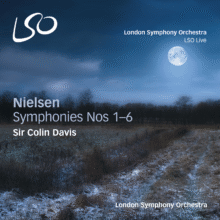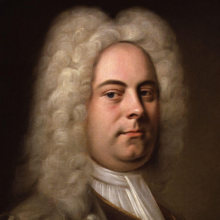I wasn't particularly aware that this was a thing, but JPGs, PNGs and other image files are constructed using particular 'colourspaces'. A colourspace is simply a way of internally representing colours. There are basically two principal means of doing this with digital artwork: use an additive colour model (where red+green gives yellow), or a subtractive colour model, where red is what you get when taking the difference between magenta and yellow. The additive model we call the RGB model (because you add red, to green, to blue to get the full gamut of possible colours). The subtractive model is called the CMYK model, because you use cyan, magenta and yellow, plus black (the 'K'!) to construct the gamut.
Generally speaking, computers and their monitors should use the RGB model, because LCDs monitors are generally natively black or dark and have individual 'lights' (LEDs) projecting shades of red, green or blue to construct complex colours on top of a dark background -so adding colours to a dark background is right up their street. Printers, on the other hand, tend to use the CMYK model, because they work with inks which are manufactured in cyan, magenta, yellow and black hues and which are laid on top of a usually pure-white background (i.e., a sheet of paper!), so printers need to start bright white and remove colours from that to construct a colour image. [...]










